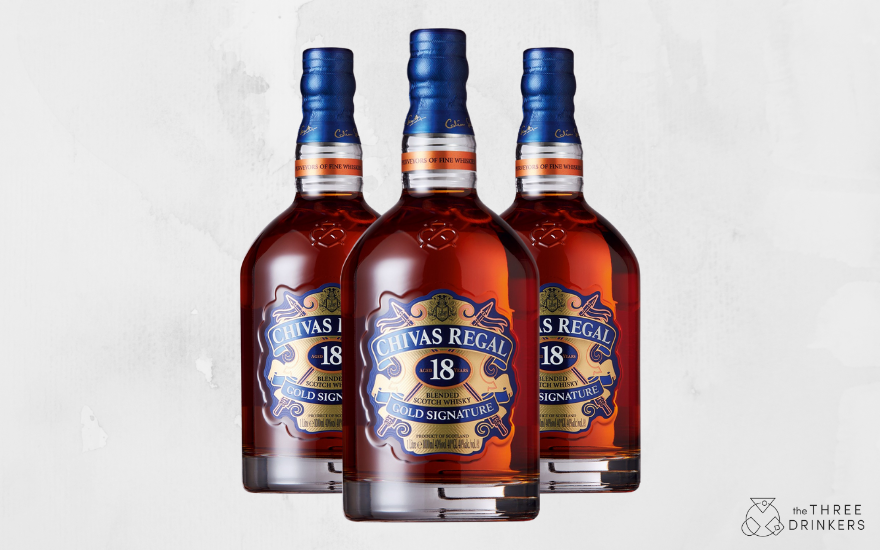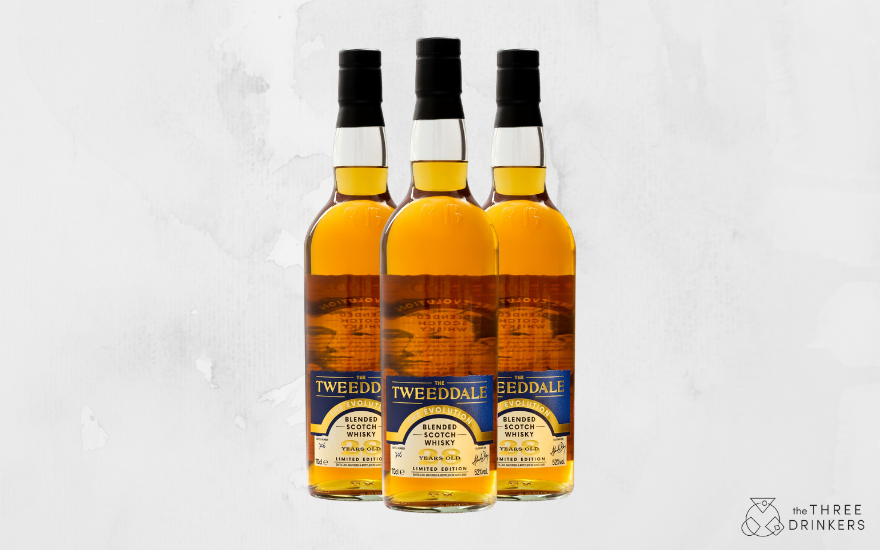Photo Credit: Will Wong
Whether it’s a weeknight after a hard day’s work, or you have been planning to open that bottle on a special occasion, there is nothing more important than serving your wine at the ‘right’ temperature. Whites well chilled. Reds at room temperature. Sorted, right? Yes and no.
There is a tendency for white wines to be served too cold, and red wines too warm - even in some bars and restaurants. We wouldn’t go so far as dipping a thermometer in every glass but being aware of it makes a surprisingly big difference to your enjoyment of the wine.
The average temperature of a domestic fridge is 4-6ºC, which is too cold for most whites or Rosé. But have you heard some seasoned drinkers even lightly chill their reds? The wines below are examples of the most commonly drunk categories in the UK; with the suggested temperature range as general guidelines. Our palate is highly personal so trust what works for you and your drinking companions. It is more art than science!
Sparkling and Sweet Wines
Photo Credit: Will Wong
The basic rule is, the lighter or sweeter the wine, the cooler the serving temperature – around 5-10°C. Too cool is better than too warm as a cold glass of wine will quickly warm up indoors or outside in the summer.
A fine sparkling wine such as the Busi Jacobsohn Blanc de Noirs 2018 or Champagne equivalents are best served straight out of the fridge (4-6ºC) and kept cool in a bucket with ice and water, or wrapped in a rapid Champagne cooler you keep in your freezer. Remember that as the bubbles dissipate, your glass of fizz is warming up too. When served too warm, the sparkler can lose its sparkle and taste flat, if not totally lifeless. Vintage champagnes would benefit from a slightly warmer range between 8-10ºC to help its subtle nuances emerge.
The Royal Tokaji Blue Label Aszú 5 Puttonyos 2014 is a delicate and refined sweet wine from Hungary which goes down a treat with blue cheeses and fruit desserts. It is best served between 7-10ºC but experiment with even warmer temperatures as the honey nectar opens up in your glass.
Rosé and Light-bodied Young Whites (e.g. Albariño, Sauvignon Blanc and Pinot Grigio)
Photo Credit: Will Wong
A typical Provençal Rosé such as the Miraval Sainte Victoire and aromatic dry whites such as the Faustino Rivero Ulecia Albariño from Rías Baixas, Galicia in Spain and the Shaw+Smith Sauvignon Blanc from Adelaide Hills, South Australia will all benefit from 20 minutes out of the fridge before serving. The three wines above have very different characteristics so experiment between 10-14ºC. Should you find the second glass begin to feel a touch warm, you can put the bottle back in the fridge for 10 minutes, or wrap a rapid wine cooler around the bottle and it will regain its freshness within minutes.
What happens to a bottle of fine white served too cold?
Photo Credit: Will Wong
Forgetting to heed my own advice, this scrumptious LDNCRU Bacchus 2021 was immediately served straight out of the fridge (6ºC) when dinner was ready. There was hardly any nose. Was it over the hill? The first glass was bland with none of the tasting profile suggested on its back label: grapefruit, gooseberry and lemon zest aromatics with a herbaceous finish! By the second glass with the bottle left at room temperature (18ºC), the grapefruit flavours became evident with underlying minerality which is not so common with English wines. When the third glass was poured, oh my, there was a steely and complex salinity that would have worked so well with the food at about 15ºC. Too late as there was hardly any wine left in my only bottle! Lesson learnt.
Light Reds, Fortified wine and Fine Whites (e.g. Beaujolais, Darker Sherries and Best White Burgundies)
Photo Credit: Will Wong
German Pinot Noir or Spätburgunder tends to be lighter than their New World counterparts (e.g. California, New Zealand and Oregon); and most Burgundy reds. If you wish to taste the wine at room temperature and find it a little flat or even lifeless, when it is too warm in the summer, it is indeed advisable to lightly chill your bottle in the fridge for 20 minutes. Pinot Noir is very sensitive to temperature change, and you should be able to taste the difference from a previously missing freshness. Try between 11-14ºC.
There is a wide range of sherries from Andaucía, Spain. The above On the QT Oloroso lies somewhere between the palest and driest Manzanilla (best drunk well chilled at 6-8ºC) and the sweetest Pedro Ximénez (PX) served at room temperature. Our palate also changes if the wine is drunk with hopefully complementary food rather than on its own. Oloroso can be served lightly chilled (12-14ºC) or at room temperature (18ºC) according to your preference.
The Domaine Jean Monnier & Fils Meursault is a fine Burgundy white that deserves care and respect. Such whites or their New World equivalents such as some Californian Chardonnay or South African Chenin Blanc are best served not too cold (14-15ºC).
Aged and Fine Reds (e.g. Barolo, Finest Bordeaux and Red Burgundies)
Photo Credit: Will Wong
You might have heard of suggestions to open your aged or fine red and let the wine “breathe”. That is true but it does little to nothing as the surface area of the wine in contact with oxygen is so small.
The above Brunello di Montalcino 2016 and Château Saint-Ange St-Émilion Grand Cru 2015 are two fine reds best decanted at least two hours ahead of serving, to avoid sediment in your glass and let the wine aerate to release the aroma and unlock its full potential at room temperature. By that, we mean 18ºC and not full-blast central heating or the average Australian summer.
So if necessary, you can also lightly chill your finest reds before decanting. They will warm up rapidly with a large surface area exposed in a typical decanter, letting you discover the dark fruits, spice and tannins in harmony or not.
Photo Credit: Will Wong
There is no precise temperature to serve any particular wine but avoid anything over 20ºC. We hope you experiment with the above general guidelines, and through trial and error, you will find that sweet spot where your tasting experience is greatly enhanced. But on your next summer holiday, will you ask for an ice-bucket for that bottle of fine red you ordered?
By WIll Wong















